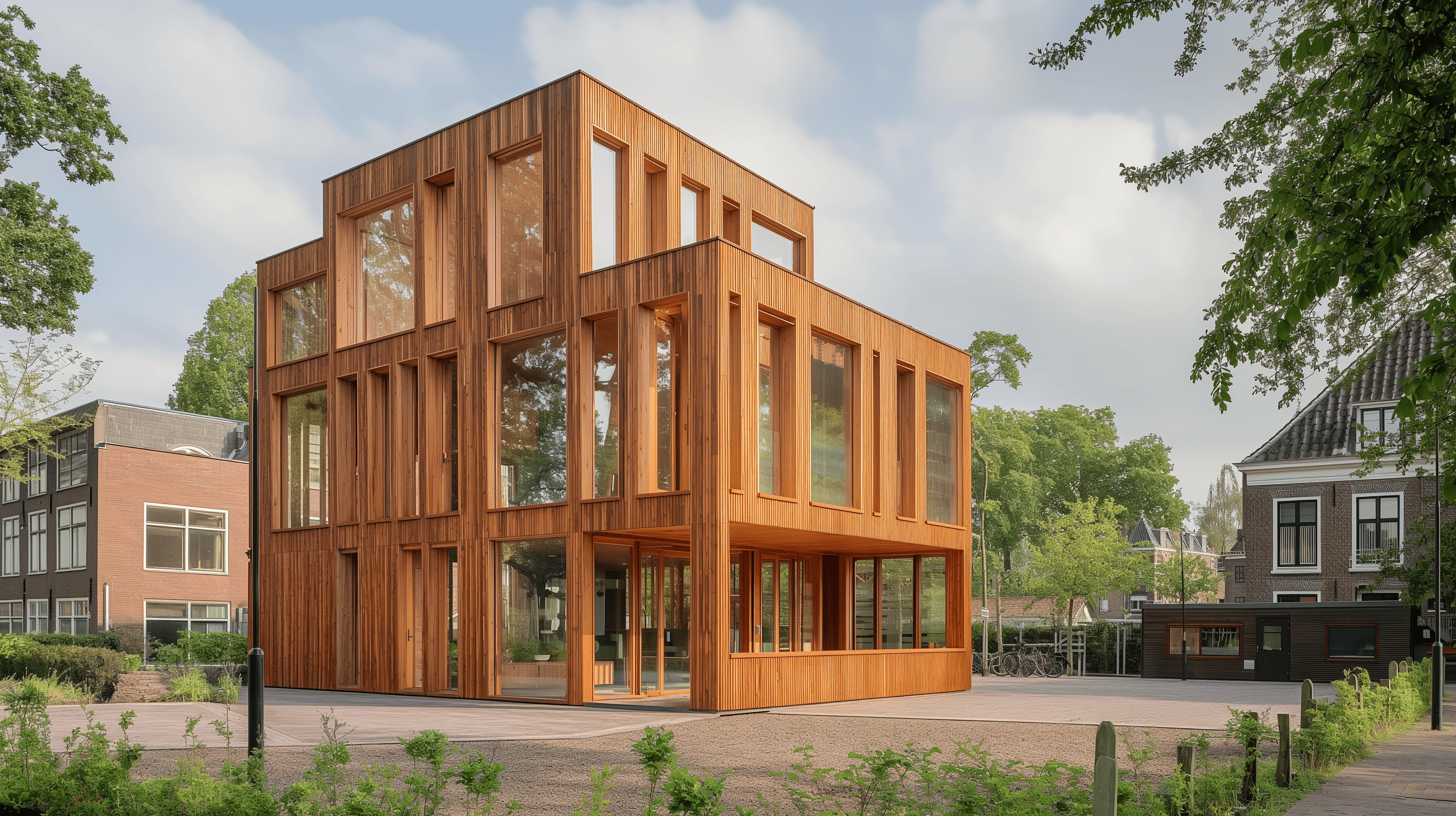
One day soon, buildings could become more energy-efficient—and environmentally sustainable—with insulating material developed from wood by researchers at the Wallenberg Wood Science Center at KTH – Swedish Royal Institute of Technology – in a press release.
The newly-developed material offers as good or even better thermal performance than ordinary plastic-based insulation materials, according to researchers reporting recently in ACS Applied Materials & Interfaces.
Assistant professor Yuanyuan Li says that the new insulating material is an aerogel integrated wood which is made without adding additional substances.
Biobased aerogel to be the new standard
Wood cellulose aerogels themselves are nothing new—researchers have been developing advanced types of aerogels and other composites for the last several years at the Wallenberg Wood Science Center—but Li says the new method represents a breakthrough in controlled creation of insulating nanostructures in the pores of wood.
“Biobased strong aerogels could be used to replace current fossil-based aerogels for super thermal insulation, contributing to energy efficiency, bioeconomy, and sustainable society development,” Li says.
The process starts with delignifying the wood—that is, removing the lignin which gives wood its color and strength, leaving behind empty pores or lumen. Reducing thermal conductivity in the material is done by taking the next step—getting inside these large empty pores and generating more nano pores inside of them—thousands of them, in fact.

Ideal thermal conductivity
These nanoporous structures are created by partial dissolution of the cell walls followed by controlled precipitation, she says. An ionic liquid (IL) mixture is added to partially dissolve the cell wall before water is added, which generates nanofibril networks that render the lumen nanoporous.
Li says the researchers developed a high level of control over the precipitation process, which means they can create the precise level of nanoporosity to achieve ideal thermal conductivity.
Potential for energy storage and tissue engineering
Building insulation isn’t the only potential use for the aerogel. Li says the unique structure enables advanced materials for energy storage and conversion, and even tissue engineering. “In packaging, for example, plastic foam such as polystyrene helps prevent heat transfer between objects and the surrounding environment, so it can keep goods cool during the shipment,” she says.
“But in situ formation of nanofibril networks inside wood’s empty spaces can result in wood being highly thermal insulating.”
The work is supported by Vetenskapsrådet, Knut and Alice Wallenberg Foundation through Wallenberg Wood Science Center, Tandem Forest Values research program, European Research Council, and Treesearch through the Research Infrastructure access program.
Selected for you!
Innovation Origins is the European platform for innovation news. In addition to the many reports from our own editors in 15 European countries, we select the most important press releases from reliable sources. This way you can stay up to date on what is happening in the world of innovation. Are you or do you know an organization that should not be missing from our list of selected sources? Then report to our editorial team.







